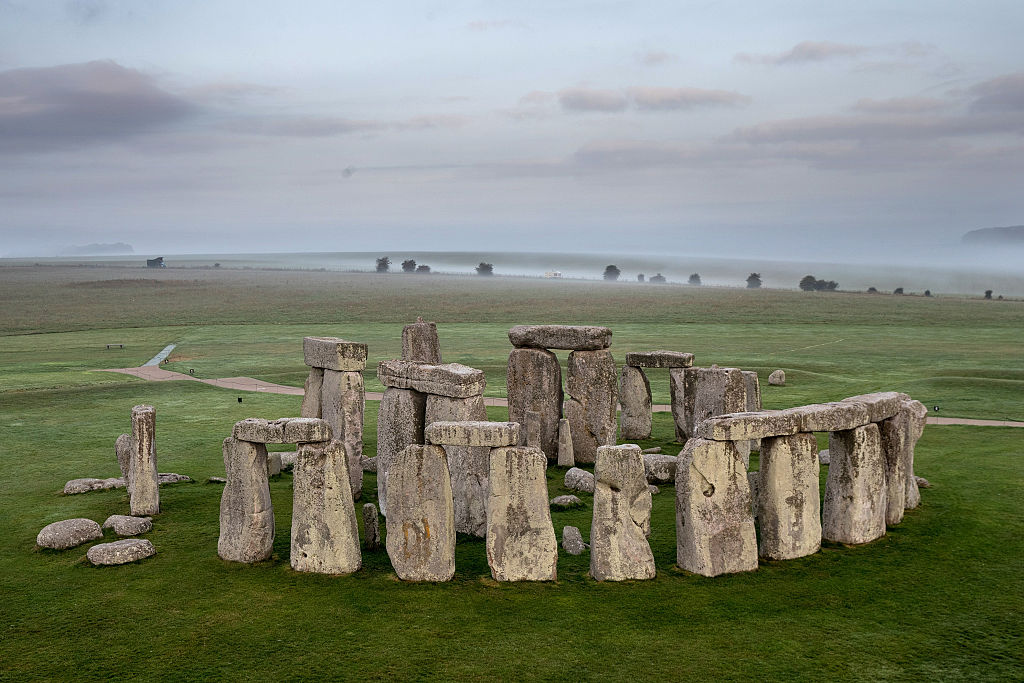72 Artworks Stashed by Disgraced Australian Dealer Tristian Koenig Have Been Finally Returned
Last summer, disgraced Australian art dealer Tristian Koenig vanished.
At the time of his disappearance, the Melbourne-based dealer had been accused of defrauding artists and collectors out of tens of thousands of dollars in cash and artworks. A civil lawsuit had been filed against him by collectors who claimed to have never recieved purchased works and an arrest warrant was issued after he failed to show for a related court hearing.
Lost in the shuffle between Koenig’s apparent disappearance —one artist claimed to have seen him in his home city last October— and the investigation was dozens of works by emerging artists championed by Koenig that remained missing.
Last October, however, an investigator with the Yarra Crime Investigation Unit of Australia’s Victoria Police recieved an anonymous tip about a storage unit filled with art. Inside, police found 72 paintings, photographs, and tapestries. When they started looking at the signatures on the works, investigators realized that it matched a list of artists in the Sydney Morning Herald that had claimed to have been defrauded by Koenig.
Police then contacted Alana Kushnir, the founder and director of art law firm and advisory Guest Work Agency. Since 2021, Kushnir has worked pro-bono for artists who claim to have been swindled by Koenig. Kushnir worked with police to help identify the works in the storage unit and return them to their rightful owners. Some of the returned works had been missing for a decade.
“It’s a web that sort of keeps growing,” Kushnir told ARTnews. “We had a pretty good database of works that we knew were missing, but there were works in that storage space by artists that we hadn’t been in touch with yet.”
As of this month, all the works have finally been released to the respective 11 artists after clearing numerous legal hurdles.
“It was hard to believe the paintings were actually in my studio again after [so] many years,” Jiaxin Nong, a Melbourne-based Chinese artist whose work was recently returned, told ARTnews. Koenig had once represented Nong and, according to the artist, seemed like “a caring person” who wanted to “help me get my career in the right direction.” Nong said that when she first began working with Koenig, her work began to appear in magazine stories about collectors, but the dealer never told her if any of her paintings had sold.
“The situation spiraled out of my control over time as he kept taking paintings from my studio but never replied to my emails when I asked him to confirm the work was received by him,” Nong said. Then “he turned cold to me and took a very long time to respond or pay me when I asked about the payments.”
Nong’s story is not unique. Artists told Australian news outlets The Age and Sunday Morning Herald in 2021 that Koenig dodged them frequently with a variety of excuses, from claiming that a family member had fallen ill to saying he’d been injured in a bicycle accident or from a spider bite.
If Koenig did pay an artist their rightful share, it would often come via an unlabeled bank transfer with no indication of what was sold, artists told the Herald. Works that hadn’t yet sold were stashed away or, in some cases, hung in Koenig’s home. If an artist wanted a work returned, they would often confront Koenig at his gallery. Even then, he would try to avoid the situation, according to reports in multiple newspapers.
For example, in December 2021, artist Daniel Noonan told Melbourne-based newspaper The Age that Koenig was in possession of several paintings of his that had failed to sell. Noonan arranged a time to pick them up from the gallery, along with some money that he claimed was owed from prior sales. When he arrived at Koenig’s gallery, Noonan found the works already packed, but the dealer was nowhere to be found. Noonan eventually found Koenig hiding in a crawl space in the ceiling of the back office. “I yelled out, ‘Tristian, come down, I need to talk to you,’ Noonan said, “I could see his arse sticking out of the manhole. He would not come down.”
For years, the Australian art dealer Tristian Koenig championed local emerging artists while, at the same time, allegedly keeping every cent after selling their work sold or keeping the work itself. Months, even years, would pass before artists he represented saw their share of the profits from their work, and often works would seem to just disappear.
Victoria police had not confirmed if they know Koenig’s whereabouts, but have indicated that investigations into the dealer and allegedly stolen artwork remains “ongoing.”
“I think more needs to be done for a real change in culture,” Kushnir told The Sunday Morning Herald earlier this month. “Something needs to come from the sector in terms of having code of ethics that commercial galleries have to abide by. The problem is the lack of accountability.”



